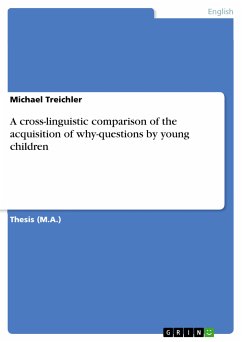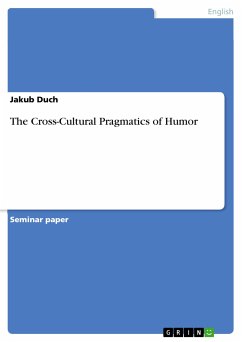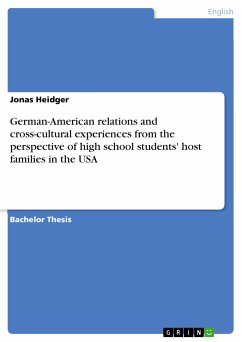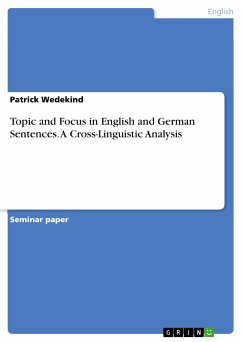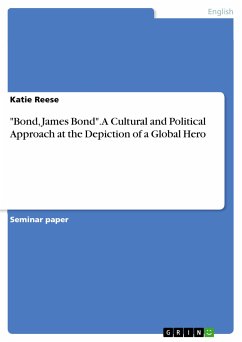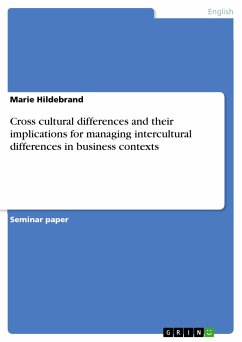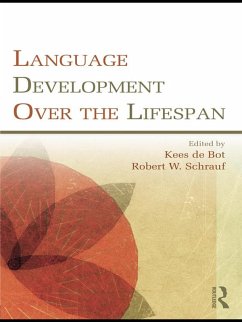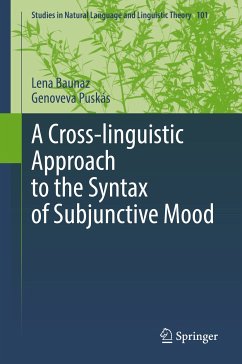
Bilingualism across the lifespan - A cross linguistic and cross cultural approach (eBook, PDF)
Versandkostenfrei!
Sofort per Download lieferbar
Statt: 52,95 €**
39,99 €
inkl. MwSt. und vom Verlag festgesetzt.
**Preis der gedruckten Ausgabe (Broschiertes Buch)
Alle Infos zum eBook verschenkenWeitere Ausgaben:

PAYBACK Punkte
0 °P sammeln!
Doctoral Thesis / Dissertation from the year 2006 in the subject English Language and Literature Studies - Linguistics, grade: 1, University of Graz (Institut für Anglistik / Amerikanistik), language: English, abstract: The present thesis deals with the lives and languages of twenty-five adolescent and adult bilinguals. All of them have acquired their languages consecutively. Through an extensive research programme the subjects are tested from a cross-linguistic and cross-cultural approach for the quality of L1 - L2 proximity. The main research question in the thesis is in what ways do L1 and...
Doctoral Thesis / Dissertation from the year 2006 in the subject English Language and Literature Studies - Linguistics, grade: 1, University of Graz (Institut für Anglistik / Amerikanistik), language: English, abstract: The present thesis deals with the lives and languages of twenty-five adolescent and adult bilinguals. All of them have acquired their languages consecutively. Through an extensive research programme the subjects are tested from a cross-linguistic and cross-cultural approach for the quality of L1 - L2 proximity. The main research question in the thesis is in what ways do L1 and L2 of adolescent and adult bilinguals differ regarding the results of verbal screening tests and selected aspects of written narrative competence? How and to what extent can the findings be associated to the results of the analysis of influencing socio-psychological factors? It is assumed that biological constraints are not the single crucial factors for high levels of attainment but rather socio-psychological variables such as culture, identity, perception and attitudes. The verbal screening tests, namely the PPVT-III (Peabody Picture Vocabulary Test - III) and EVT (Expressive Vocabulary Test), used to determine a person's passive and active vocabulary knowledge of a language will show that the results of L1 and L2 will not differ significantly of each other in individuals showing positive affective variables in their bilingualism. The level of language proficiency and the quality of L1 - L2 proximity is further investigated through a detailed analysis of written narratives composed in ScriptLog, a research programme for the online process of writing. This involves the analysis of five major linguistic variables: productivity, lexical diversity, the construction of complex motion events, and the use of evaluative devices. The last two variables give information on the amount of granularity and the condensation of information and can be classified between textual structure and the lexicon. Additionally, the time data of the written narratives recorded by ScriptLog will be evaluated and discussed. The question is whether qualitative and quantitative differences between the five variables of investigation mentioned above are in line with sociopsychological variables, possibly influencing the development of late L2 learners.
Dieser Download kann aus rechtlichen Gründen nur mit Rechnungsadresse in A, B, BG, CY, CZ, D, DK, EW, E, FIN, F, GR, HR, H, IRL, I, LT, L, LR, M, NL, PL, P, R, S, SLO, SK ausgeliefert werden.




